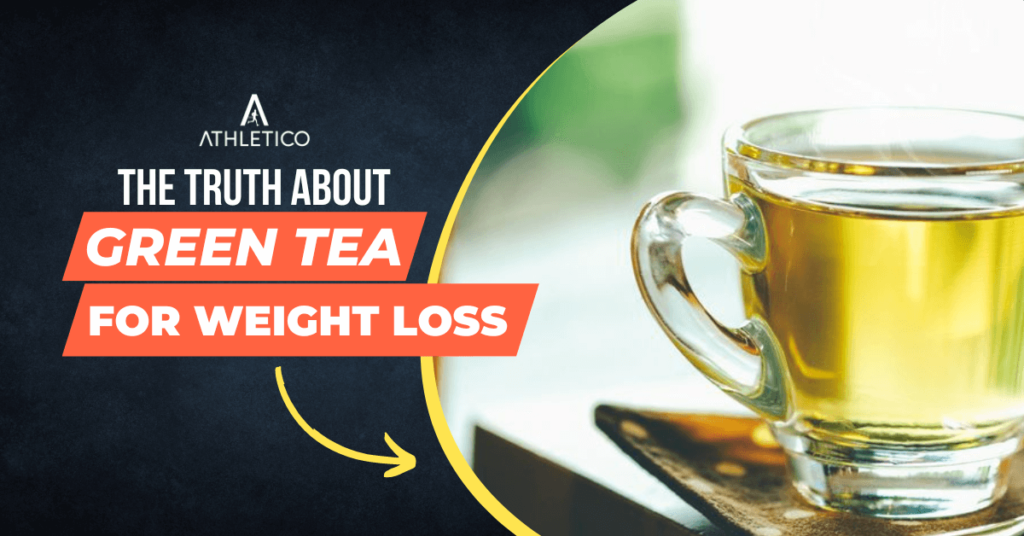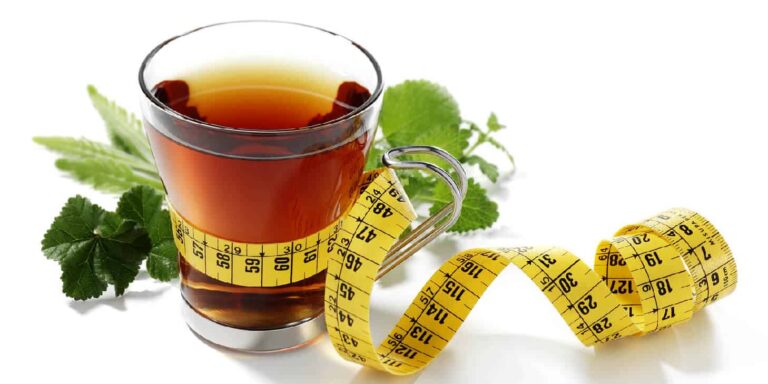Fat Burning Heart Rate: How to Calculate It + Chart by Age (2025)
Recommended
Achieving a healthier lifestyle and a toned physique involves understanding the relationship between heart rate and fat burning. Identifying your target heart rate zones can optimize workouts for effective fat loss. This article delves into the science of fat burning, methods to calculate your fat burning hear rate, the impact of age, and recommended workouts to maximize fat loss.
What Is the Optimal Heart Rate for Fat Burning?
The “fat burning zone” refers to the heart rate range where your body primarily utilizes fat as its energy source. This zone typically falls between 64% to 76% of your maximum heart rate (MHR). Engaging in exercises within this range can enhance fat metabolism and contribute to weight loss.
Calculating Your Fat-Burning Zone
To determine your fat-burning zone, follow these steps:
1. Calculate Your Maximum Heart Rate (MHR):
Example: For a 30-year-old: 220 – 30 = 190 bpm
Fox Formula Heart Rate Calculator
Calculate your maximum heart rate by subtracting your age from 220.
Example: For a 30-year-old: 208 – (0.7 x 30) = 187 bpm
Tanaka Formula Heart Rate Calculator
Calculate your maximum heart rate with the formula: 208 - (0.7 x Age).
2. Determine Your Fat-Burning Zone:
Lower Limit: MHR x 0.64
Upper Limit: MHR x 0.76
Example: For an MHR of 190 bpm:
Lower Limit: 190 x 0.64 = 122 bpm
Upper Limit: 190 x 0.76 = 144 bpm
Thus, the fat-burning zone for a 30-year-old is approximately 122 to 144 bpm.
Fat Burning Zones by Age
Fat-Burning Heart Rate Chart by Age
| Age | Maximum Heart Rate (MHR) | Fat-Burning Zone (64%-76% of MHR) |
|---|---|---|
| 20 | 200 bpm | 128–152 bpm |
| 30 | 190 bpm | 122–144 bpm |
| 35 | 185 bpm | 118–141 bpm |
| 40 | 180 bpm | 115–137 bpm |
| 45 | 175 bpm | 112–133 bpm |
| 50 | 170 bpm | 109–129 bpm |
| 55 | 165 bpm | 106–125 bpm |
| 60 | 160 bpm | 102–122 bpm |
| 65 | 155 bpm | 99–118 bpm |
| 70 | 150 bpm | 96–114 bpm |
Monitoring Your Heart Rate
Accurately tracking your heart rate ensures you remain within your desired fat-burning zone. Consider the following methods:
- Wearable Devices: Fitness trackers and smartwatches provide real-time heart rate data.
- Manual Monitoring: Measure your pulse on your wrist or neck and count the beats for 15 seconds; multiply by four to obtain beats per minute.
Effective Fat Burning Workouts
Incorporate the following exercises to optimize fat burning:
- Low-Intensity Steady State (LISS) Cardio: Activities like walking, cycling, or swimming at a steady pace keep you within the fat-burning zone.
- High-Intensity Interval Training (HIIT): Alternating between intense bursts and rest periods can boost metabolism and promote fat loss.
- Strength Training: Building muscle mass increases resting metabolic rate, aiding in fat reduction.
Additional Considerations
While exercising in the fat-burning zone is beneficial, overall health and weight loss depend on various factors:
- Diet: Balanced nutrition supports energy needs and recovery.
- Consistency: Regular physical activity yields better results over time.
- Rest: Adequate sleep and recovery prevent overtraining and injuries.
The Takeaway
Understanding and targeting your fat-burning heart rate zone can enhance workout efficiency and support weight loss goals. By calculating your MHR and monitoring your heart rate during exercise, you can tailor your fitness routine to maximize fat metabolism. Remember to consider individual factors and consult with healthcare professionals when designing an exercise program.
Fat Burning Heart Rate: How to Calculate It + Chart by Age (2025) Read More »











